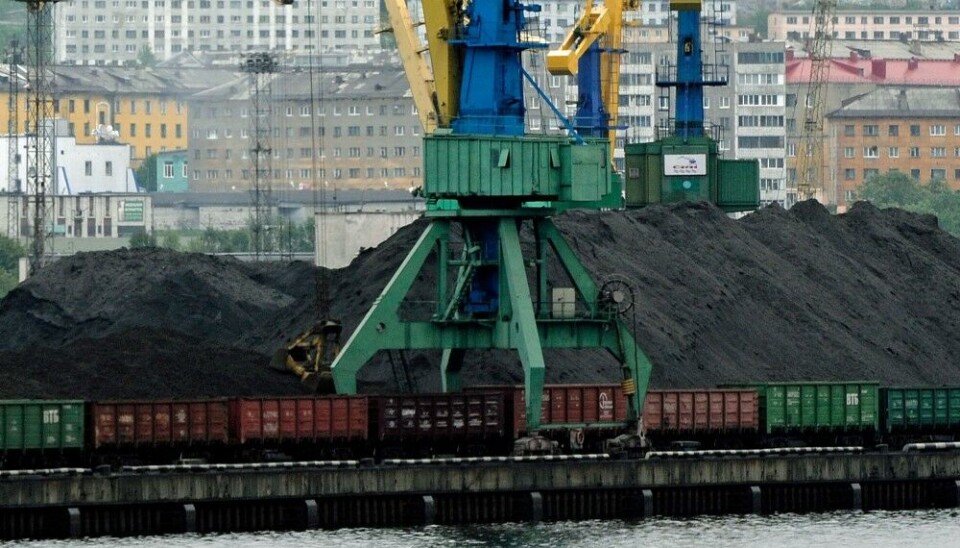
Asia-bound coal finds Siberian shortcut route, avoiding Murmansk
As Europe no longer buys Russian coal and new markets in Asia take over, the export hub in Murmansk manifest itself as the world’s longest detour.
The first test batch with 30,000 tons of coal from Kuzbass will be shipped via the Yenisey River and Northern Sea Route when ice is gone and the waterways open for navigation later this year.
“It is planned to organise an experimental shipping in 2023 […] from Kuzbass with transshipment in Krasnoyarsk and Lesosibirsk. In Ust-Port region, the coal will be reloaded to ships and sent to China,” said head of the Yenisey inland waterways, Leonid Fedorov,” to state-controlled news agency TASS.
The coal will be sent by rail to Lososibirsk and Krasnoyarsk were it will be loaded on barges and shipped north the Yenisey River to Ust-Port inside the Arctic Circle. A larger bulk carrier will take over the cargo and sail to the outlet of the river and further east along the Northern Sea Route towards Asia.
About half of all Russian coal comes from the Kuzbass region southeast of Krasnoyarsk.
Over the last decade, export via Murmansk has increased from about 9,5 million tons in 2010 to 16,2 million tons in 2019. After Putin’s full-scale military attack on Ukraine last year, the European Union decided to ban Russian coal, and export from the ice-free port on the coast to the Barents Sea is now shipped via the Suez channel to Asia, for the most India and China.
If increasing to large volume, export via the Yenisey River and the Northern Sea Route will be substantially shorter than the route via Murmansk.














